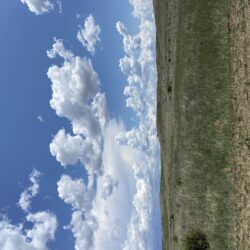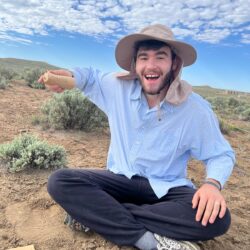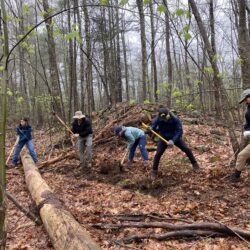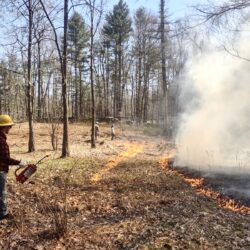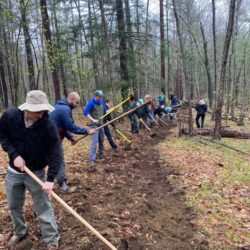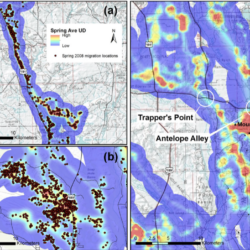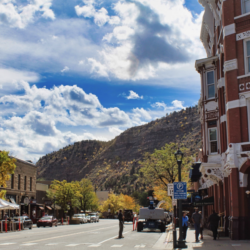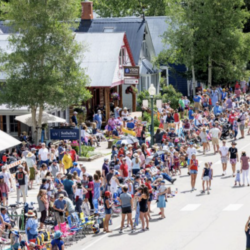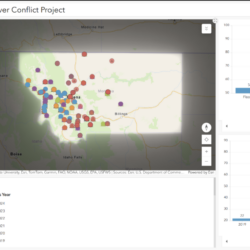Radiation Use Efficiency in the Western Great Plains
Aboveground net primary production (ANPP) in drylands is often estimated using the Monteith Model. This model relies on an estimation of radiation use efficiency (RUE), which is the amount of dry matter produced per unit of absorbed photosynthetically active radiation. While ANPP trends are well studied, RUE remains less explored, particularly regarding the role of Read more about Radiation Use Efficiency in the Western Great Plains[…]

